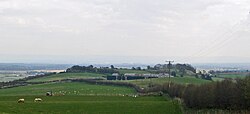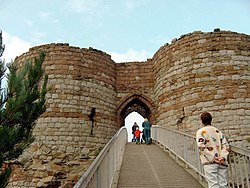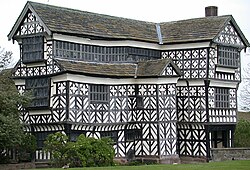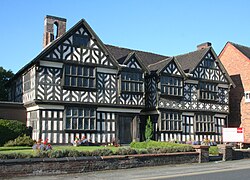1–500 AD

- 70: The Romans found the fortress and town of Deva Victrix, now Chester. [1]
- c. 90: Legio XX Valeria Victrix arrive in Chester. [2]
- 410: Romans retreat from Britannia. [1]
- 429: Germanus of Auxerre wins the Battle of Maes Garmon, near Mold, and establishes Cadell as the Christian ruler of a region, later Powys, based on pre-Roman Cornovii territory, thought to include Cheshire. [3]










